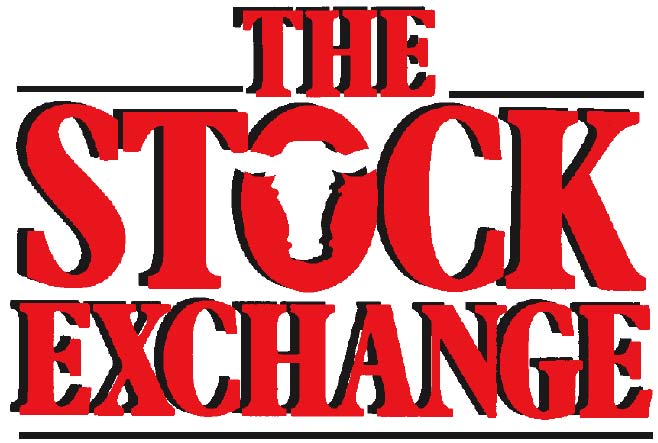Cornstalk Residue Grazing with Weaned Calves, Dry Pregnant Cows or Pairs – What Supplementation Do They Need?
Karla H. Wilke, UNL Cow/Calf Systems and Stocker ManagementMary Drewnoski, Nebraska Extension Beef Systems SpecialistKacie McCarthy, UNL Cow-Calf Specialist Cornstalk residue is an economical forage resource across Nebraska, which can help producers reduce annual cow costs. Photo credit Troy Walz. With approximately 9.8 million acres of corn yielding an average of 182 bushels/acre, cornstalk residue can be an accessible and economical winter grazing forage option for producers in Nebraska. Historic research at the…
